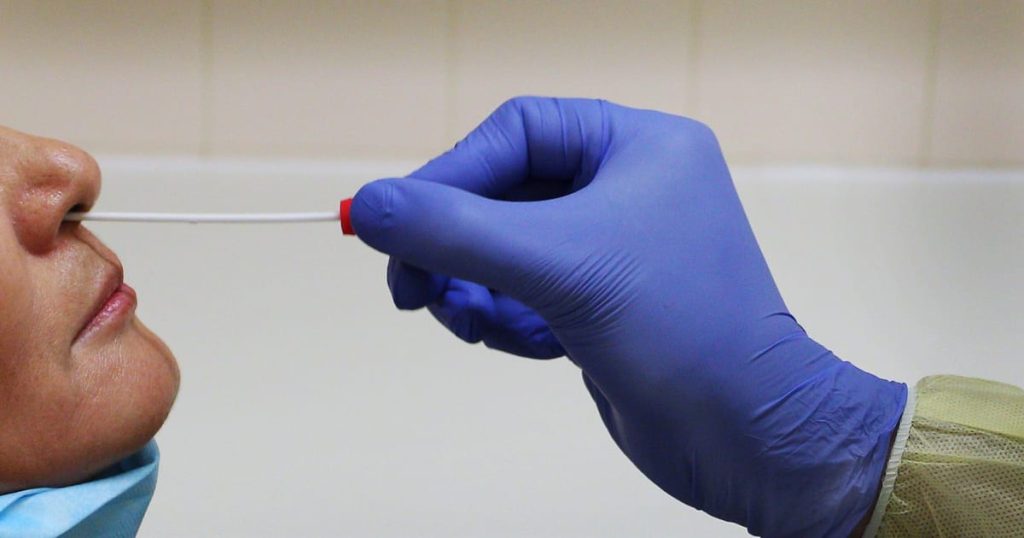COVID-19 transmission in Europe appears to have risen in recent weeks but with the majority of countries not providing full data on the virus, experts are in the dark about the true extent of the situation, the European Centre for Disease Prevention and Control (ECDC) said Thursday.
Data published by the ECDC shows an uptick of cases in the most recent 14-day period observed, which ended on August 27. While the agency said the magnitude of the increase is lower than previous peaks, it added that there has also been a large reduction in the number of tests performed.
The data gaps in the ECDC’s latest briefing are even more dire when it comes to hospitalizations and deaths. “Only one-third of the countries reported data on admissions to hospital or ICU, and around half reported data on COVID-19 deaths,” said the ECDC.
The latest figures follow a warning on Wednesday from World Health Organization (WHO) Director General Tedros Adhanom Ghebreyesus that ICU admissions are increasing in Europe. But the WHO is also flying blind, with less than a quarter of WHO member countries reporting deaths to the organization and just 20 countries — that’s 10 percent of WHO members — providing information on hospitalizations.
BA.2.86
Thursday’s ECDC data shows sporadic detections in the EU and EEA of Omicron sub-variant BA.2.86, which has hit the news in recent weeks due to its large amount of mutations and fears that it could evade people’s immune responses.
“BA.2.86 is highly divergent from currently circulating SARS-CoV-2 strains, raising concerns of increased re-infections if it outcompetes existing variants in the EU/EEA,” said the ECDC. The WHO said it was monitoring the variant closely “to assess its transmissibility and potential impact.”
On Wednesday, Moderna said its modified vaccine generated an 8.7-fold increase in neutralizing antibodies against the B.2.86 variant. “We think this is news people will want to hear as they prepare to go out and get their fall boosters,” Moderna’s head of infectious diseases Jacqueline Miller told Reuters. Pfizer previously said that its updated jab showed neutralizing activity against the variant in a study on mice.
The latest figures come as the Northern Hemisphere heads into the fall and winter — which in previous years has led to fears of a “tripledemic” of COVID-19, flu and respiratory syncytial virus (RSV). Data published Wednesday by health analysis firm Airfinity, however, shows the “tripledemic” is expected to be less severe than the previous year due to the peaks of each of those outbreaks overlapping less.

